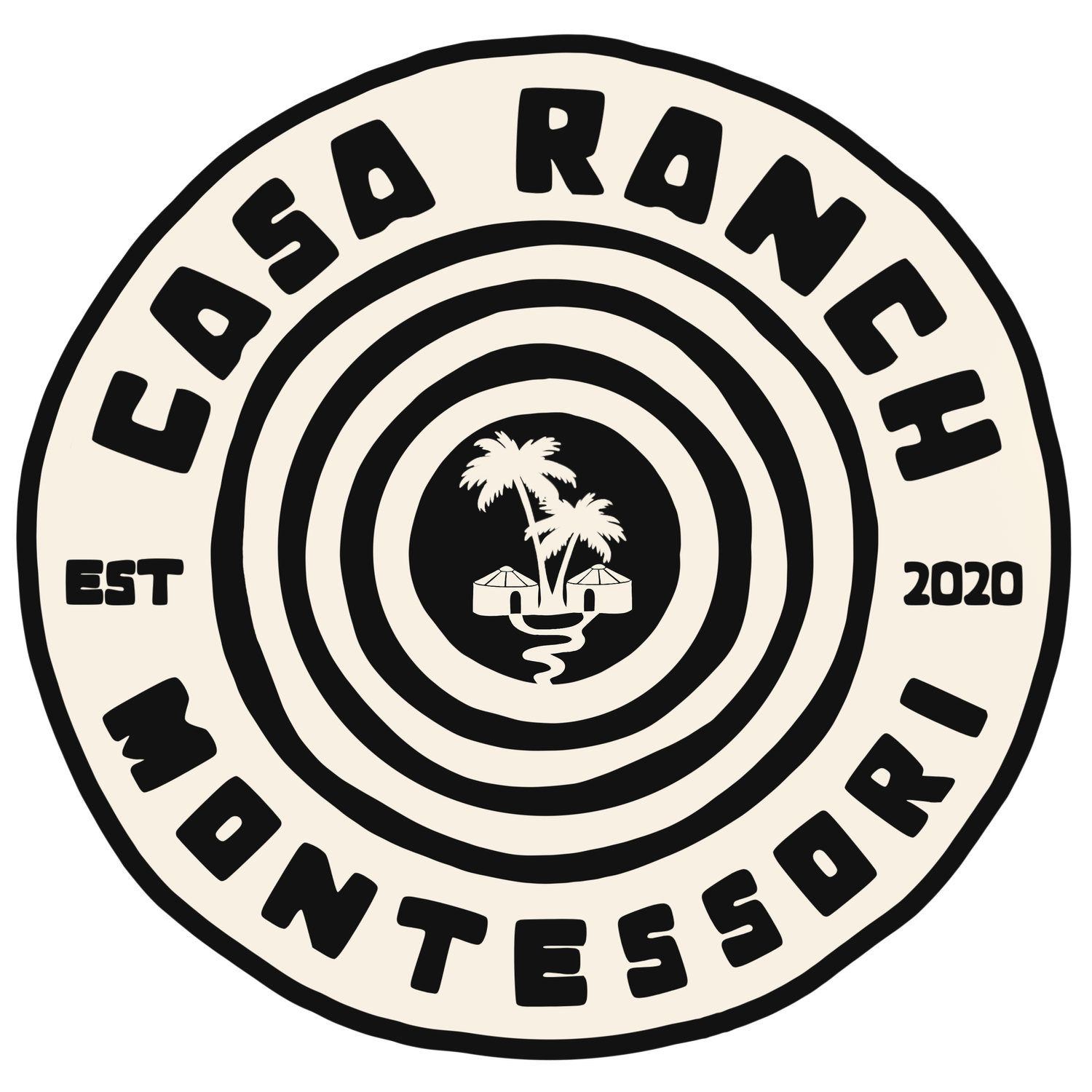Early Childhood Curriculum
(The Conscious Absorbent Mind- Ages 3 & 6)
Children begin to make more intentional choices, refining their skills and building knowledge through purposeful activity.
+ Practical Life
Rolling & Unrolling a mat
Pouring & Transferring
Washing & Cleaning
Polishing
Cutting
Sewing & Weaving
Woodwork
Food preparation
Gardening
+ Sensorial
The Pink Tower
Knobbed Cylinder Blocks
Baric Tablets
Trinomial Cube
Color Tablet
Sound Cylinders
Red Rods
Geometric Cabinet
+ Mathematics
Number Rods
Spindle box
Sandpaper numbers
Cards & Counters
Colored Beads
Teen & Ten Board
One Hundred Board
Golden Beads
+ Language
Metal Insets
Sandpaper Letters
Sounds Boxes with Letters & Objects
I Spy Games
Matching Word Sounds to Pictures
Rhyming Objects
Alphabet Strip & Cards
Moveable Alphabet
Pink, Blue, & Green Series
+ Science
Astrology
Earth Science
Ecology
Botany
Zoology
Oceanography
Biology
Physical Science
+ Geography & History
Classroom Calendar
World & Continent Puzzle Maps
Continent Boxes
Clocks & Time Cards
Timelines







